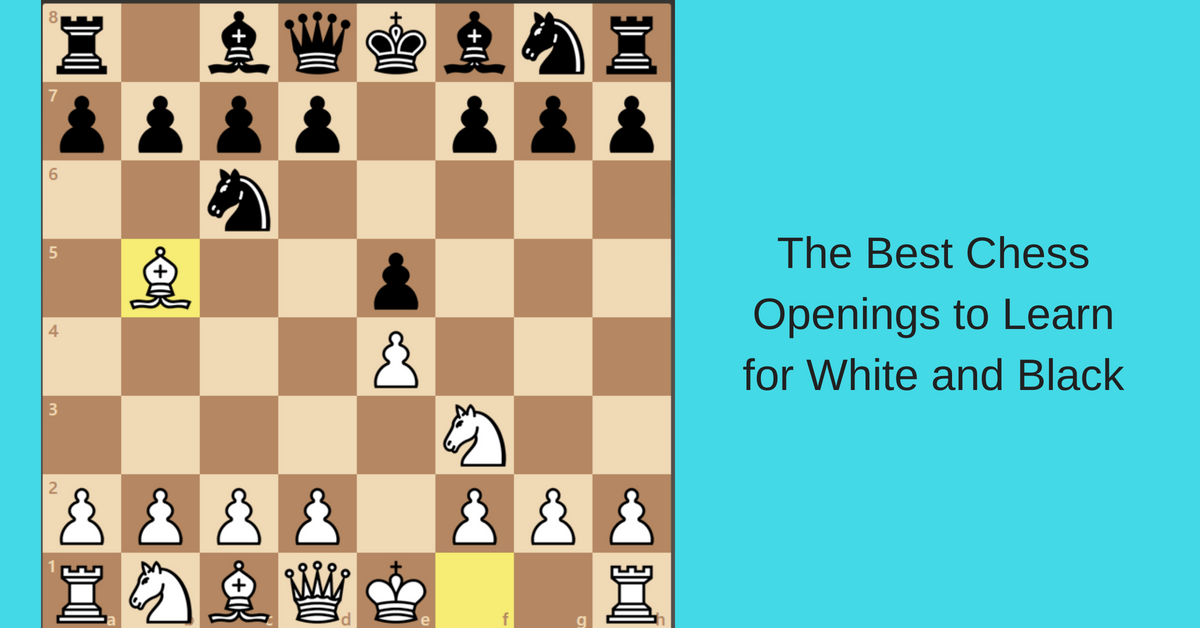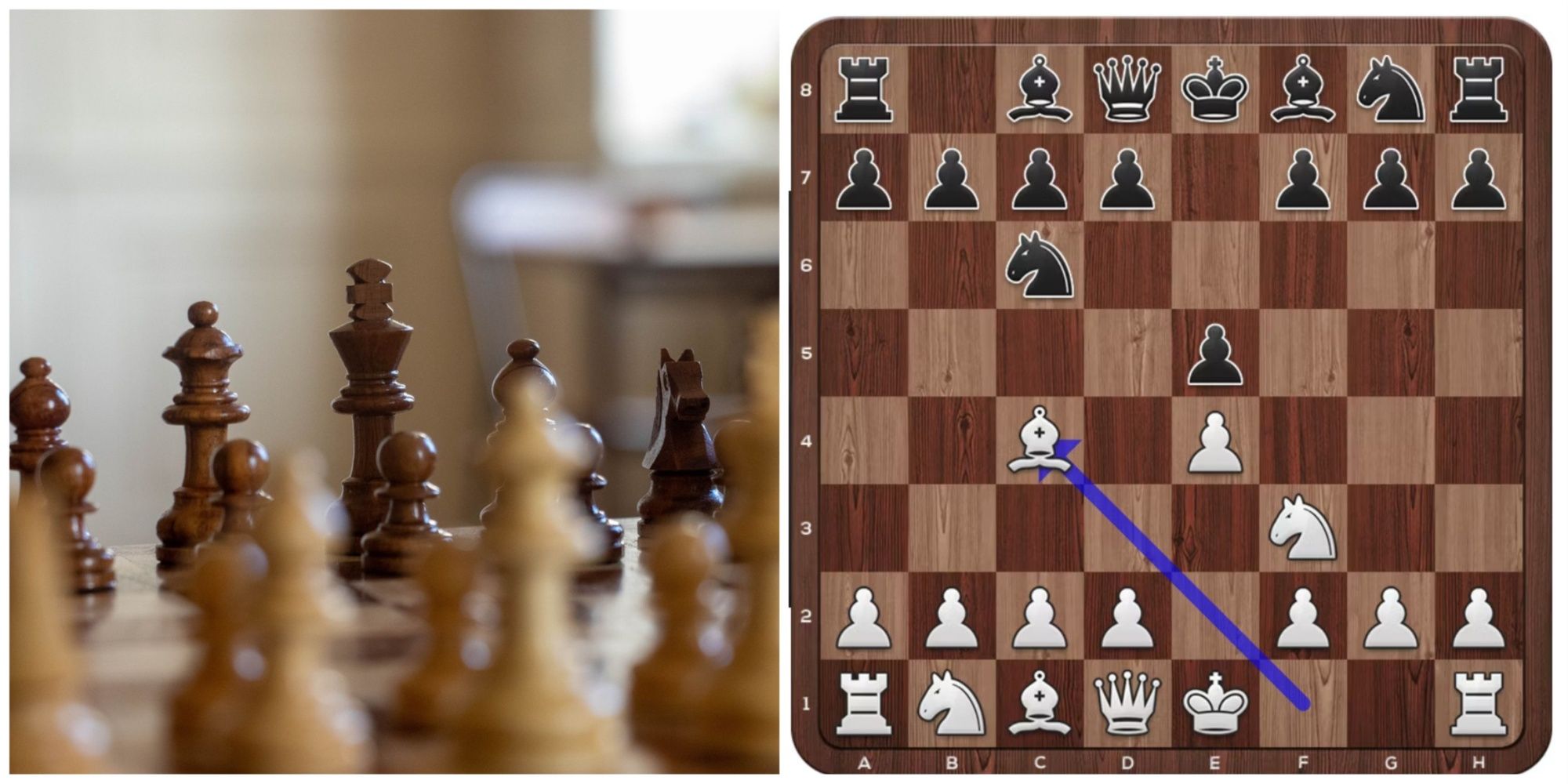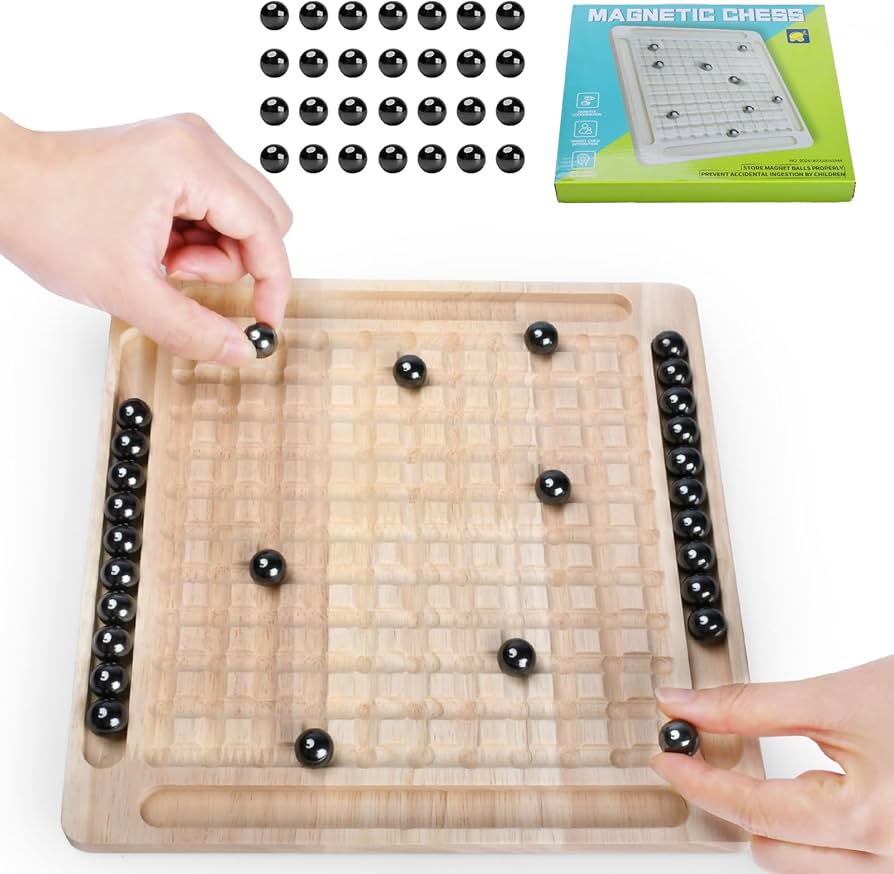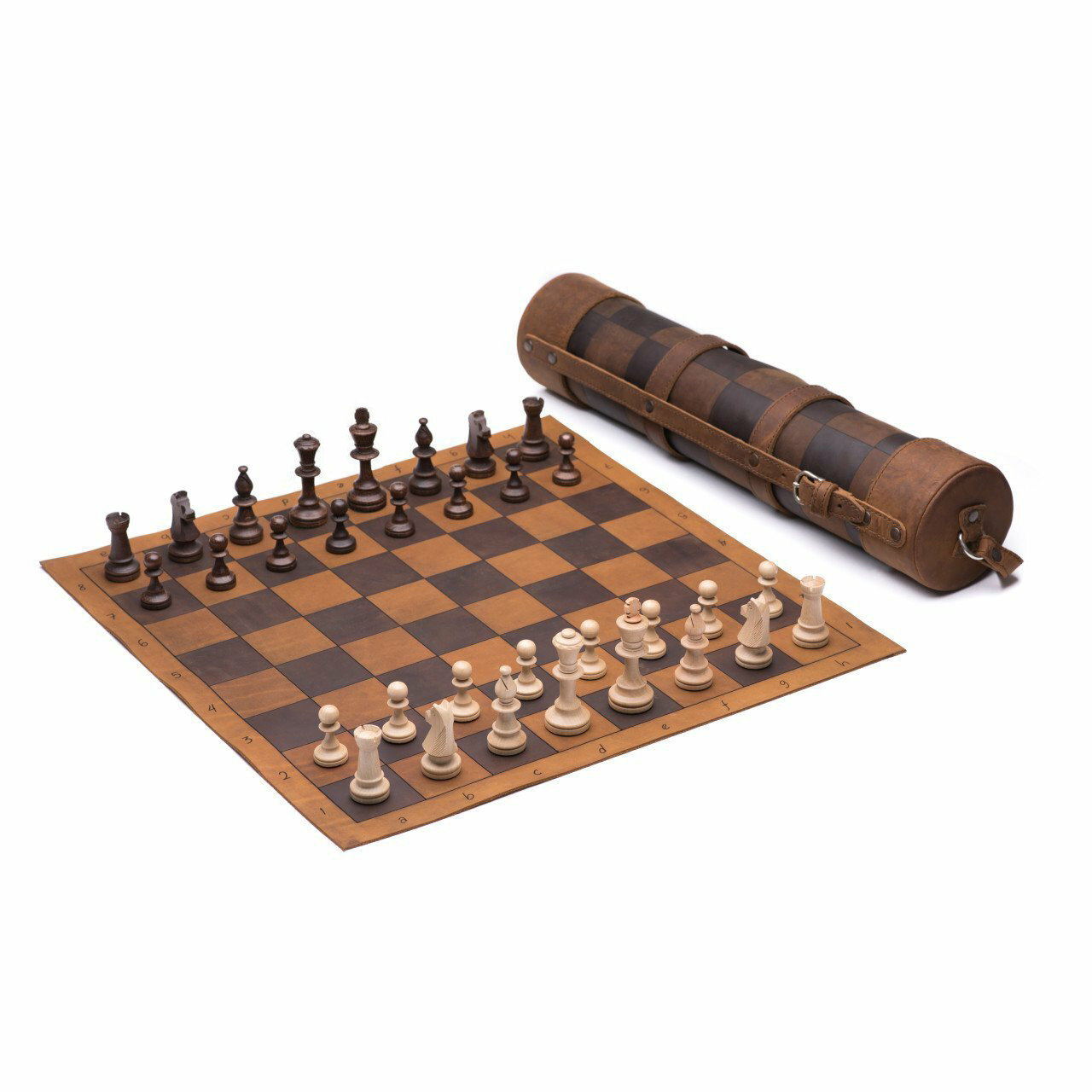Chess tournaments demand the best strategies. Openings can make or break your game.
Chess players need strong openings to gain an early advantage. A solid start can set the tone for the entire match. Knowing the best openings helps you prepare for various opponents. In tournaments, every move counts, and a good opening can lead to a winning position.
This blog will explore the best chess openings for tournaments. You will learn which openings to use and why they are effective. Whether you are a beginner or an advanced player, these openings can boost your performance. Let’s dive into the world of chess openings and improve your tournament play.
Introduction To Chess Openings
Chess openings are the first moves of a chess game. They set the stage for the middle and endgame. Choosing the right opening can give you an advantage. It is essential to understand different openings. This knowledge helps in tournaments.
Importance Of Openings
Openings are crucial in chess. They determine the flow of the game. A good opening can lead to a strong position. It can also limit the opponent’s options. Knowledge of openings helps in planning ahead. It makes you more confident in your moves.
In tournaments, players often study openings. They prepare responses to common moves. This preparation can make a difference. It can lead to a win or a draw. Understanding openings can improve your overall game.
How Openings Affect The Game
Openings influence the middle game. A strong opening can give you control. It can lead to a better position. A weak opening can put you at a disadvantage. It can make the game harder to win.
Each opening has its own strategy. Some focus on control of the center. Others aim for quick development of pieces. Knowing different openings allows for flexibility. You can adapt to your opponent’s moves.
Openings also affect time management. Good openings save time. They allow you to think ahead. This is important in tournaments. Every second counts. Having a solid opening can give you more time for complex moves later.

Credit: www.ragchess.com
The King’s Gambit
The King’s Gambit is a classic chess opening. It begins with 1.e4 e5 2.f4. This aggressive opening aims to control the center and open lines for attack. Many players use it to surprise their opponents in tournaments. Its rich history and tactical depth make it a favorite among adventurous players.
History And Origins
The King’s Gambit dates back to the 16th century. It was popularized during the Romantic era of chess. Many famous players, including Paul Morphy, used it. The opening reflects the bold and attacking style of the time. It fell out of favor in the 20th century but saw a resurgence later. Today, it is still respected for its historical significance.
Key Strategies
Playing the King’s Gambit requires precise tactics. The main idea is to sacrifice a pawn for rapid development. White aims to launch a swift attack on the Black king. Key moves include Nf3, Bc4, and d4. White should be ready to fight for control of the center. Knowing common traps and defenses is crucial. Black often tries to hold onto the extra pawn and counterattack. Understanding typical plans helps navigate this complex opening.
The Sicilian Defense
The Sicilian Defense is a popular and powerful chess opening. Many tournament players favor it for its dynamic and complex nature. It starts with the moves 1.e4 c5. This defense allows Black to unbalance the game early. It opens up many strategic opportunities.
Popular Variations
The Sicilian Defense has several popular variations. Each offers different strategies and plans. The Najdorf Variation, starting with 5…a6, is famous. It offers deep strategic play and many tactical opportunities.
The Dragon Variation, beginning with 5…g6, is another well-known choice. This line leads to sharp, double-edged positions. The Scheveningen Variation, starting with 5…e6, is also common. It provides solid and flexible play.
Advantages And Disadvantages
The Sicilian Defense has many advantages. It gives Black good chances to win. The unbalanced pawn structure creates dynamic play. Black can launch counter-attacks early. Also, many variations allow for creative play.
But, there are some disadvantages. The Sicilian Defense can be very complex. Players need to know a lot of theory. Mistakes can be costly. Also, some lines require precise calculations. This can be challenging in long tournaments.

Credit: gamerant.com
The Ruy López
The Ruy López, also known as the Spanish Opening, is a popular choice for tournament players. It has been used for centuries and remains a staple in many grandmaster repertoires. This opening offers a balance of control and flexibility, allowing players to adapt to different strategies. Understanding the key moves and common pitfalls can help you excel in tournaments.
Classic Moves
The Ruy López begins with 1. e4 e5 2. Nf3 Nc6 3. Bb5. This setup pressures the knight on c6 and prepares for central control. The main idea is to attack the center and develop pieces harmoniously.
In the classical variation, after 3…a6 4. Ba4, Black can respond with 4…Nf6 or 4…d6. Both moves lead to different but solid positions. White aims to castle kingside quickly and prepare for central breakthroughs. The move 5. O-O followed by 6. Re1 supports the e4 pawn and readies for future action.
Common Pitfalls
One common mistake is not paying attention to Black’s counterplay. For instance, after 1. e4 e5 2. Nf3 Nc6 3. Bb5 a6 4. Ba4 Nf6, playing 5. O-O too soon can lead to trouble if Black counters with 5…Nxe4. This tactic exploits the pin on the knight and can disrupt White’s plans.
Another pitfall is neglecting development. Overextending pawns or moving the same piece multiple times can lead to a weak position. It’s crucial to develop all pieces efficiently and maintain a solid structure.
Understanding these classic moves and avoiding common pitfalls will strengthen your use of the Ruy López. Practice these concepts to gain confidence in tournament settings.
The French Defense
The French Defense is a popular chess opening. It is known for its solid structure and strategic depth. This opening starts with the moves 1.e4 e6. It aims to challenge White’s center control and create counterplay opportunities. Many top players use the French Defense in tournaments. Below, we explore its strategic goals and some notable games.
Strategic Goals
The French Defense focuses on a few key strategic goals:
- Control the center: The move 1…e6 prepares to challenge White’s central pawn with d5.
- Solid structure: Black aims for a solid pawn structure, often leading to strong defenses.
- Counterplay: Black looks for counter-attacks on the queenside or in the center.
One common setup is the advance variation. Here, the moves are 1.e4 e6 2.d4 d5 3.e5. This setup allows Black to develop pieces effectively while maintaining a strong pawn structure.
Notable Games
Several famous games feature the French Defense. Here are a few examples:
| Game | Year | Players | Result |
|---|---|---|---|
| Botvinnik vs. Petrosian | 1963 | Botvinnik (White) – Petrosian (Black) | Draw |
| Karpov vs. Korchnoi | 1978 | Karpov (White) – Korchnoi (Black) | 1-0 |
| Ivanchuk vs. Shirov | 1995 | Ivanchuk (White) – Shirov (Black) | 0-1 |
These games showcase the depth and complexity of the French Defense. Studying these can help improve your understanding of its strategic ideas.
The Caro-kann Defense
The Caro-Kann Defense is a solid and reliable chess opening. It is favored by many top-level players for its durability and strategic depth. Black aims to challenge White’s center control early on, leading to balanced positions.
Basic Setup
The basic setup of the Caro-Kann Defense begins with the moves 1. e4 c6. This prepares for the advance d5, challenging White’s central pawn. The main line continues with 2. d4 d5, after which White has several options.
Here is a table summarizing the basic setup:
| Move | White | Black |
|---|---|---|
| 1 | e4 | c6 |
| 2 | d4 | d5 |
White can choose from various continuations, such as the Advance Variation (3. e5), the Exchange Variation (3. exd5), and the Classical Variation (3. Nc3).
Effective Counterplays
The Caro-Kann Defense offers effective counterplays for Black. One key idea is to maintain a strong pawn structure. This can often lead to a solid position in the middle game.
Here are some effective counterplays for Black:
- Advance Variation: When White plays 3. e5, Black can respond with 3… Bf5, developing the bishop and preparing to support the center.
- Exchange Variation: After 3. exd5 cxd5, Black aims to develop pieces harmoniously and control central squares.
- Classical Variation: In response to 3. Nc3, Black can play 3… dxe4, simplifying the center and preparing to develop pieces efficiently.
Each of these lines aims to create a balanced position with chances for both sides.
The Caro-Kann Defense offers a solid and flexible opening choice. It allows for various strategic plans and counterplays. Whether you are a beginner or a seasoned player, understanding the Caro-Kann Defense can enhance your opening repertoire.
The Queen’s Gambit
The Queen’s Gambit is one of the oldest known chess openings. It remains a favorite among tournament players. This opening involves offering a pawn to gain control of the center. It’s a bold and strategic move. Many chess champions use it to gain an early advantage.
Main Variations
The Queen’s Gambit has three main variations. The first is the Accepted. In this, Black takes the offered pawn. It leads to open play and tactical battles. The second is the Declined. Here, Black does not take the pawn. This results in a solid, defensive game. The third is the Slav Defense. This variation aims for a balanced position. Each variation has its own strategies and outcomes.
Tips For Mastery
To excel with the Queen’s Gambit, know each variation well. Practice the Accepted variation for its tactical opportunities. Study the Declined variation to understand solid defenses. Explore the Slav Defense for balanced play. Also, watch games of grandmasters who use this opening. Analyze their moves and learn from their strategies. Regular practice is essential. Try different variations against various opponents. This will help you adapt to different styles. Finally, always aim to control the center. This is key in the Queen’s Gambit.

Credit: www.youtube.com
The Nimzo-indian Defense
The Nimzo-Indian Defense stands as a strong choice for chess tournaments. It begins with the moves 1.d4 Nf6 2.c4 e6 3.Nc3 Bb4. This defense is named after Aron Nimzowitsch, a famous chess player. The Nimzo-Indian aims for control of the center and rapid development. It creates imbalances that can give both players chances to win.
Core Principles
The Nimzo-Indian Defense focuses on controlling the center. Black develops pieces quickly. The bishop on b4 pins the knight on c3. This prevents White from controlling the center with pawns. Black often aims to double White’s pawns. This happens by capturing on c3. This can create long-term weaknesses in White’s camp.
Another core principle is flexibility. Black can choose many pawn structures. This depends on how White reacts. The Nimzo-Indian can lead to both open and closed positions. This makes it a versatile choice. Players can adapt their plans based on their style.
Famous Practitioners
Many top players have used the Nimzo-Indian Defense. Garry Kasparov, a former world champion, often played it. He used it to win many important games. Another famous practitioner is Anatoly Karpov. He is known for his solid and strategic play. Karpov used the Nimzo-Indian to great effect in his career.
Current top players also favor this defense. Magnus Carlsen, the reigning world champion, has played it in many tournaments. His deep understanding of the Nimzo-Indian helps him outplay opponents. These players have shown the power of this defense. It remains a popular choice in top-level chess.
Frequently Asked Questions
What Are The Best Chess Openings For Beginners?
For beginners, top openings are Ruy Lopez, Italian Game, and Sicilian Defense. They offer solid foundations and strategic depth. Learning these can improve your understanding of chess principles and tactics.
Which Chess Opening Is The Most Popular In Tournaments?
The Sicilian Defense is the most popular in tournaments. It’s highly flexible and offers numerous variations. This opening allows for dynamic and aggressive play, making it a favorite among top players.
How Can I Improve My Chess Openings?
To improve, study grandmaster games and analyze common opening traps. Practice different openings in online games. Consistency and understanding key positions are crucial for mastering openings.
Why Are Chess Openings Important?
Openings set the stage for the rest of the game. They help you control the board and prepare for the middle game. A strong opening can provide a strategic advantage and better positions.
Conclusion
Choosing the right chess openings can boost your tournament performance. Practice these openings regularly to gain confidence. Understand each move and its purpose. Stay flexible and adapt to your opponent’s style. Consistent study and practice will lead to better results.
Remember, every game is a learning opportunity. Keep improving and enjoy the journey. With dedication, you can excel in tournaments. Happy playing!







